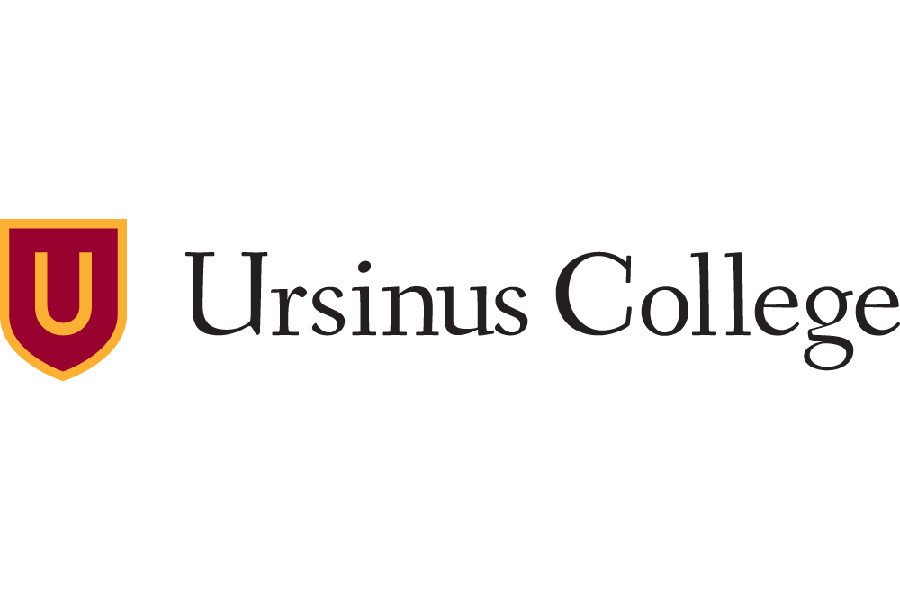Founded in 1991, the Ursinus College Gay and Lesbian Alliance experienced a tumultuous beginning at the hand of a few — but vocal — students and faculty who strongly opposed the inception of the organization.
Current Ursinus seniors Jordan Ostrum, a Spanish, Women & Gender Studies major, and Lauren Geiger, an English major, sought to examine the history and conflicts of the first decade years of GALA. The students undertook the project for their class “Bears Make History: Digital Entrepreneurship in the Archive and Online.”
Controversy surrounded the formation of the GALA, known today at Ursinus as the GSA (Gender Sexuality Alliance). An act of vandalism occurred on National Coming Out Day in 1991 when someone scribbled “FAGS GO HOME!” on a GALA flier that was posted on campus. The founding GALA president at the time, Michael Cyr, fired back by writing in the Ursinus College newspaper, The Grizzly, on Oct. 22, 1991, “This is our home. And we are not going anywhere.”
More controversy erupted when a deeply homophobic opinion letter was published in The Grizzly a few weeks later. A physics professor named John Ronning wrote that GALA should not be tolerated on campus because “living with one disease after another and dying young … masturbating through a hole in the wall with thousands of anonymous partners and … exchanging feces to eat … are regular features of gay culture.”
Ostrum and Geiger created a website that explores how the Ursinus GSA handled those conflicts and more throughout the first 10 years of its existence. The website highlights their thorough research into the Ursinus archives, including old newspapers and yearbooks, in order to make this specific history more accessible to a broader audience.
This project was especially important to Ostrum because he has been a part of gay-straight alliances for many years.
“I’ve been involved in GSA since my freshman year of high school,” Ostrum said. “I was really interested in how the group got started because I was rather impressed with the date of origin of the group. I tried to rally as many people as I could to focus on the GSA because it’s a really important topic of how a marginalized group of people got together to declare a space for themselves to make sure they had a home.”
Over the years, the organization has seen many name changes, from the original Gay and Lesbian Alliance to Gay-Straight Alliance to the current Gender Sexuality Alliance. Ostrum said these changes speak to the organization’s push for inclusivity and illustrate how the organization has changed over the years.
“I think the organization became more established over the first 10 years. As time went on, I think it was perhaps left alone more and became a part of the background,” Ostrum said. “The name GSA, Gender Sexuality Alliance, was intentionally changed to include all genders and sexualities, and what I’ve seen from the early ’90s to now is that this is a more inclusive group; the board now consists of more diversity in terms of genders and race.”
Ostrum and Geiger felt that exposing this unique history to a wider audience was especially important and relevant after Donald Trump’s election.
Ostrum was particularly thankful for this class assignment because he felt that it was different than the average college project.
“As a senior in college, I am used to an assignment where you and 20 other classmates have the same paper to write, but this was incredibly different. This was us being asked to share a unique piece of history with the world. I care deeply about sharing the stories of people whose voices often go unheard.”
To learn more about the history of the Ursinus College GSA and to view Ostrum and Geiger’s project, go to http://omeka.ursinus.edu/exhibits/show/bearsmakegsahistory.
